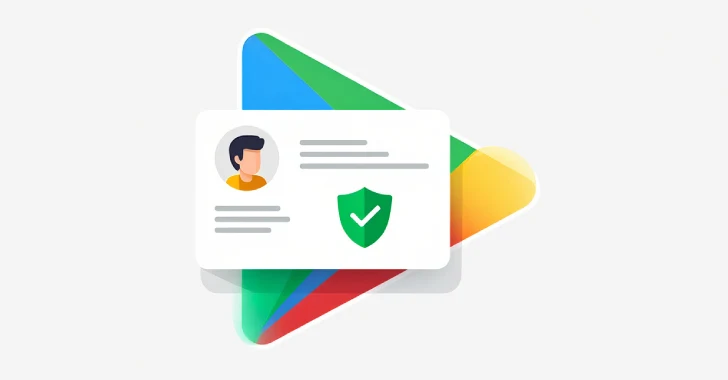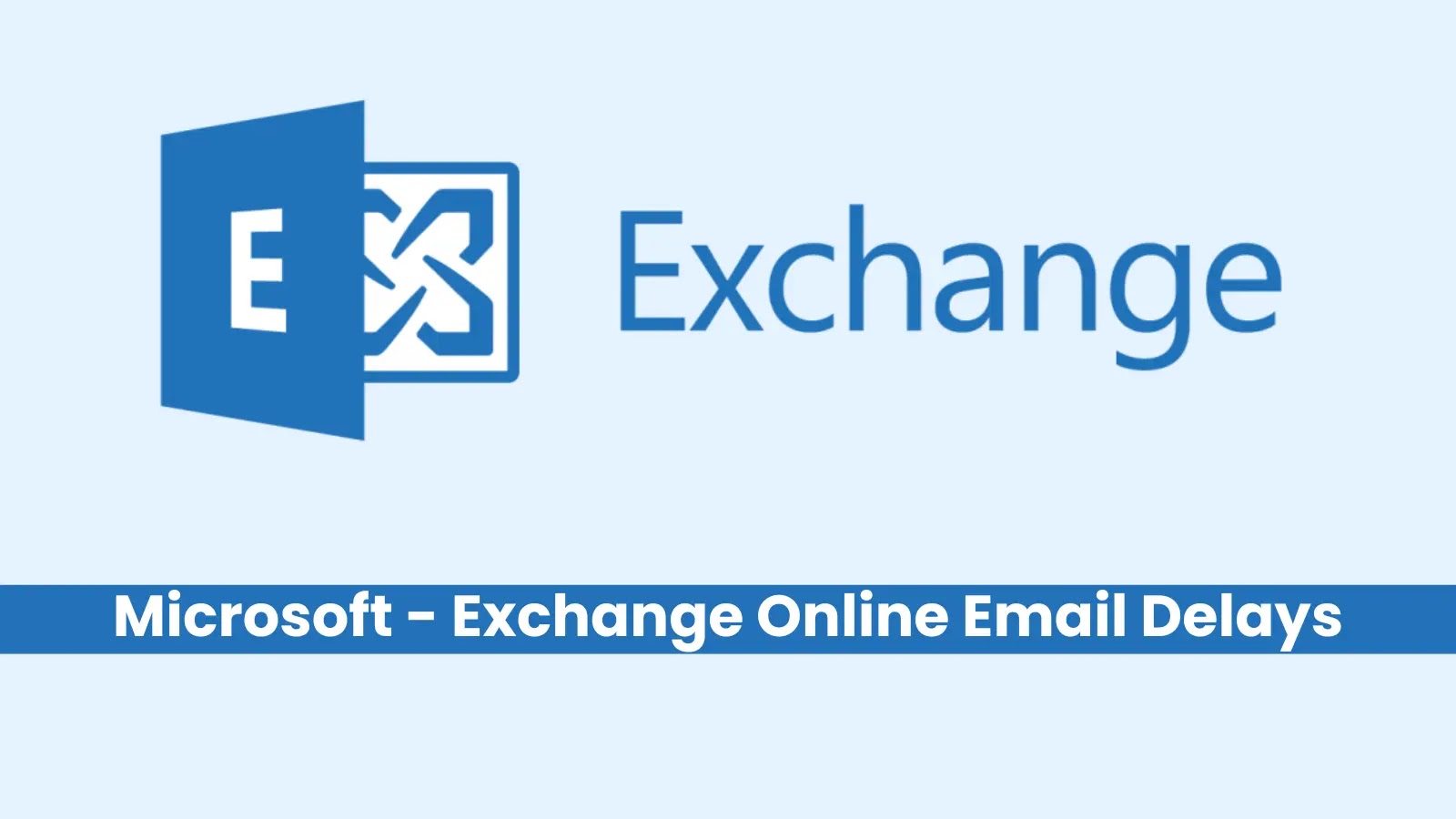Is Your Google Workspace as Secure as You Think?
Article Text:
In today’s fast-paced digital environment, startups and established businesses alike rely heavily on Google Workspace for its collaborative tools. However, while these tools enhance productivity, they can also introduce security vulnerabilities if not properly managed. This article delves into essential practices to fortify your Google Workspace against potential threats.
1. Strengthen Fundamental Security Measures
Implement Multi-Factor Authentication (MFA):
MFA is a critical defense against unauthorized access. To set this up:
– Navigate to the Google Admin console:
– Go to Security → Authentication → 2-Step Verification.
– Activate the policy for all users.
– Opt for security keys (FIDO2) or Google’s prompt-based MFA over SMS codes.
– Implement context-aware access for administrators and key personnel, restricting logins to trusted networks or devices.
By doing so, even if credentials are compromised, unauthorized access remains unlikely.
Secure Administrative Access:
Administrator accounts are prime targets for cyberattacks. To mitigate risks:
– Limit the number of Super Admins to the bare minimum.
– Assign specific roles like Groups Admin or User Management Admin instead of granting overarching privileges.
– Enable email alerts for any changes in administrative roles or privilege escalations.
This approach ensures that a single compromised admin account doesn’t jeopardize the entire system.
Adjust Sharing Settings:
While Google Workspace promotes collaboration, its default sharing settings can pose risks. To enhance security:
– Access Apps → Google Workspace → Drive and Docs → Sharing Settings.
– Set Link Sharing to Restricted, allowing internal access by default.
– Prohibit users from making files public without explicit approval.
– Disable Anyone with the link access for sensitive shared drives.
These measures prevent unintentional data exposure.
Manage OAuth App Access:
Third-party applications can introduce vulnerabilities. To control access:
– Go to Security → Access and Data Control → API Controls.
– Review all connected third-party apps.
– Block apps requesting extensive permissions without a clear business need.
– Whitelist only trusted and vetted applications.
This strategy minimizes potential backdoors into your data.
2. Enhance Email Security
Email remains a primary vector for cyber threats. To bolster defenses:
– Activate Advanced Phishing and Malware Protection:
– In the Admin Console, navigate to Apps → Google Workspace → Gmail → Safety.
– Enable settings to guard against phishing, malware, spam, and domain impersonation.
– Turn on protections against unusual attachment behaviors, especially for Drive links in emails.
– Implement Email Authentication Protocols:
– Set up DMARC, DKIM, and SPF under Apps → Google Workspace → Settings for Gmail → Authenticate Email.
– These protocols prevent attackers from spoofing your domain.
– Educate Users and Automate Responses:
– While user training is essential, complement it with automated systems to detect and respond to threats promptly.
3. Balance Collaboration with Control
Google Workspace’s openness fosters collaboration but can lead to unintended data exposure. To maintain a balance:
– Enable Drive Sharing Alerts:
– Notify users when sensitive data is shared externally.
– Implement Justification Workflows:
– Require users to provide reasons for sharing data outside the organization.
– Regularly Revoke Inactive Access:
– Periodically remove access for inactive users and external file links.
These steps ensure secure collaboration without hindering productivity.
4. Address Native Security Gaps
Even with optimal configurations, Google Workspace has inherent limitations:
– Limited Contextual Awareness:
– Google’s native tools may not correlate related security events, potentially missing complex attack patterns.
– Reactive Measures:
– While detection exists, automated remediation is limited, often requiring manual intervention.
– Data at Rest Vulnerabilities:
– Sensitive data stored in Gmail and Drive may remain unprotected without additional measures.
To bridge these gaps, consider integrating advanced security solutions that offer:
– Comprehensive Email Security:
– Detect and neutralize sophisticated phishing and impersonation attacks.
– Proactive Account Monitoring:
– Monitor behavioral signals to detect compromised accounts early and automate remediation.
– Data Discovery and Protection:
– Continuously scan for sensitive data and apply risk-based access controls.
– Unified Visibility:
– Correlate identity, data, and email signals into a cohesive dashboard for better context and prioritization.
Conclusion
Google Workspace offers a robust foundation for business operations, but its security efficacy depends on proper configuration and proactive management. By implementing the practices outlined above, organizations can enhance their defenses against modern cloud threats, ensuring both security and productivity.



